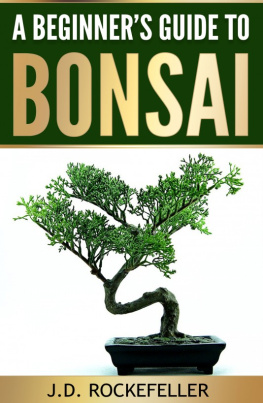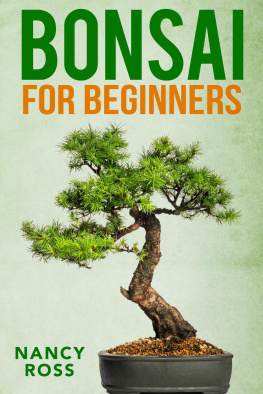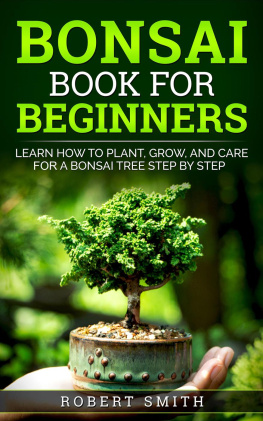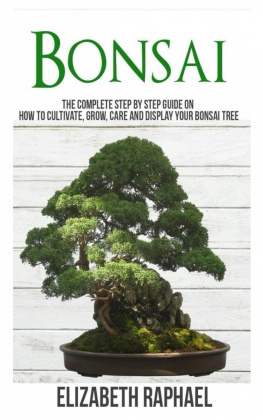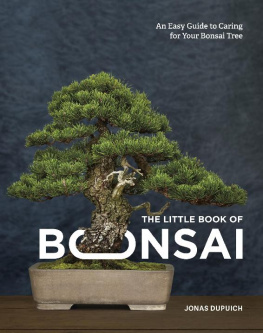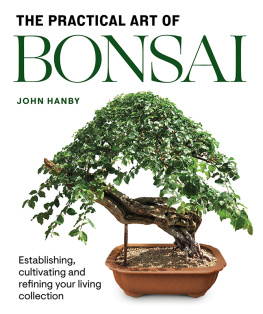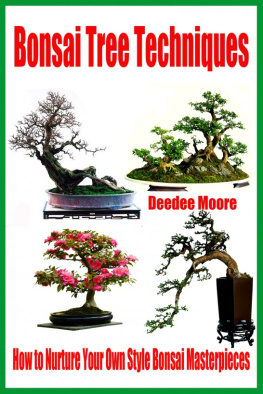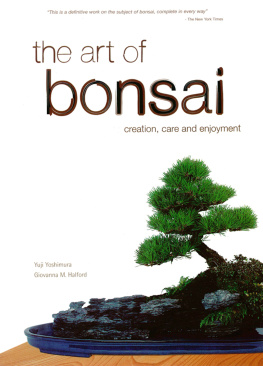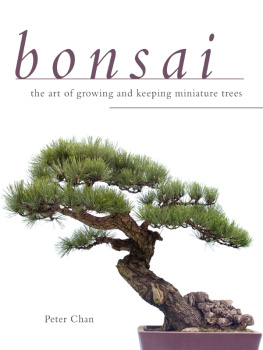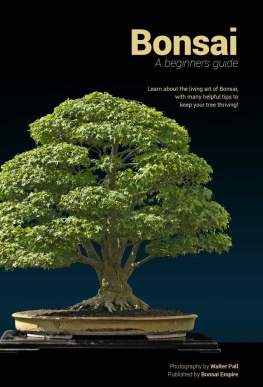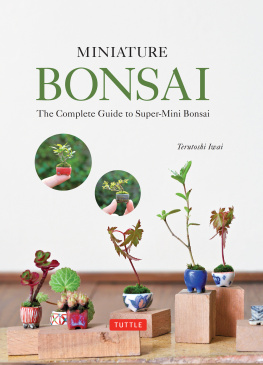A BEGINNERS GUIDE TO BONSAI
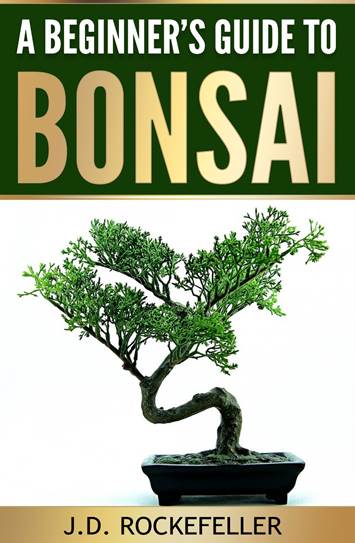
J.D.ROCKEFELLER
~~~
Smashwords Edition
Copyright 2015 by J.D. Rockefeller. All RightsReserved.
No part of this publication may be reproduced,distributed, or transmitted in any form or by any means, includingphotocopying, recording, or other electronic or mechanical methods,or by any information storage and retrieval system without theprior written permission of the publisher, except in the case ofvery brief quotations embodied in critical reviews and certainother non-commercial uses permitted by copyright law.
Smashwords Edition, License Notes
This ebook is licensed for your personal enjoymentonly. This ebook may not be re-sold or given away to other people.If you would like to share this book with another person, pleasepurchase an additional copy for each recipient. If youre readingthis book and did not purchase it, or it was not purchased for youruse only, then please return to your favorite ebook retailer andpurchase your own copy. Thank you for respecting the hard work ofthis author.
TABLE OF CONTENTS
Introduction
Growing a bonsai tree has been a fascinationfor years. But lately, with the limited space available for mostpeople, especially in the cities, bonsai has really become quite acraze all over the world.
The beauty of a bonsai tree is that it can beplaced anywhere in your house, in your living room or in yourporch. It doesnt take much space. Aesthetically, it looks greatand goes with any kind of home dcor. It can be grown in anycontainer and placed anywhere to add that natural touch to theplace. But does it require no care?
Thats not true because just like yourregular trees, a bonsai also requires proper care, fertilizationand watering. In fact, if you take good care of your miniaturetree, it can survive for hundreds of years!
Most people also think that only specialvarieties can be a bonsai tree. Thats also not true. Any of yourregular tree varieties can be turned into a miniature version withproper techniques.
But where do you start? Thats a goodquestion, especially for someone who is just starting out, but hasno idea about bonsais. This guide is perfect for the beginner whowants to get a good idea of where and how to start with a bonsai.So, lets get started and fill your home and office desk with theseminiature trees!

Chapter 1 What is bonsai exactly?
Bonsai is said to have originated in Japan.The word bonsai is a Japanese word which means planted in acontainer. The practice has been around for thousands of years andis said to have been derived from ancient Chinese horticulturalpractices. These Chinese practices of growing bonsais were thenredeveloped in Japan under the influence of Zen Buddhism.
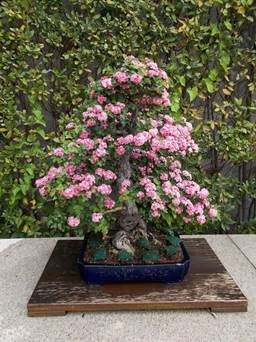
Photo 1: Any tree can be converted into a bonsai
The main techniques used in creating a bonsaiare to pinch the buds of the tree and to prune and wire itsbranches. Fertilizers are used, but in a limited way. By usingthese practices, you attempt to keep the height of the tree tounder a meter or under four feet.
Unlike what many think, a bonsai is not agenetically dwarfed plant. You can use any tree species and grow abonsai of it. Of course, if you want to make it easier foryourself, you can begin with a tree variety that has small leaves.You can then expand to other varieties that may be slightly moredifficult to design.
Basically, when you look around in yourneighborhood, there is no tree whose roots and food storagecapabilities cannot be restricted to grow a bonsai in a smallcontainer.

Chapter 2 The History of Bonsai
As mentioned in the previous chapter, theword bonsai is Japanese, but the practice actually originated inthe Chinese empire. It was about 2300 years ago that the ChineseFive Elements Theory proposed the idea of magical powers ofminiature replicas. The further reduced the size, the moremagically powerful it was thought to be.
The tomb paintings for Crown Prince, ZhangHui in 706 AD included paintings of two women holding small plantsin shallow dishes in miniature rockery landscapes. At that point,the practice seemed to be restricted to the elite class and thetrees thus designed were considered to be luxurious gifts.
It was after the 16th century that theseminiature plants were termed as pun tsai or tray planting.In 17th century, the term pun ching came to be used. Theword means tray landscape and these days the word used ispenjing.
The first tray landscapes entered Japan fromChina at least 1200 years ago in the form of religious souvenirs.It was between the years 1192 to 1333 AD, during the Kamakuraperiod that Japan adopted Chinas art of growing trees incontainers.
But the Japanese technique of growing bonsaiswas influenced by Zen Buddhism due to their limited landscape. Thetrees were planted in such a way that they could represent theentire universe with the use of a single tree planted in a pot. Thepots used by the Japanese were also deeper compared to the shallowcontainers used by the Chinese.
Shows of traditional pine dwarf potted treesbegan in the city of Kyoto, Japan in the late 18th century whengrowers from all around the area would gather to show off theircreations. It was in the year 1800 in Osaka that a group ofscholars of Chinese art used the word bonsai to differentiatetheir art from that of others.
Descriptions in Spanish of the tiny ficustrees grown in hand-sized pieces of coral in Philippines by Chineseimmigrants actually date back to early 17th century. Japanese dwarftrees were also part of the Philadelphia Exposition and ParisExpositions in the years 1876 and 1878 and 79, respectively.
The first English book on Japanese dwarftrees was published in 1940. This was followed by Yuji Yoshimuraand Halfords Miniature Trees and Landscapes in 1957, whichbecame the Bible of the Bonsai in the West.

Chapter 3 Bonsai Styles and Shapes
It is not important to make sure that yourtrees conform to a particular shape or style, but having a basicidea of the different styles can make things easier for you. Letstake a brief look at the different styles of bonsais.
Broom Style Bonsai
In the broom style, the trunk is upright andstraight. At about a height of 1/3 of the tree, it branches out inall directions. The branches and leaves also form a ball-shapedcrown.
Formal Upright Style
The upright growing trunk is thicker at thebottom and tapers off becoming increasingly thinner with height.Branching begins at about 1/4th of the trunks length. A singlebranch forms the top of the tree.
Slanting Style
The leaning style grows at an angle of about60-80 degrees. The roots are well-developed on the non-leaning sideand not as well-developed on the leaning side. The trunk of thetree is either straight or slightly bent, but it is thicker at thebottom.

